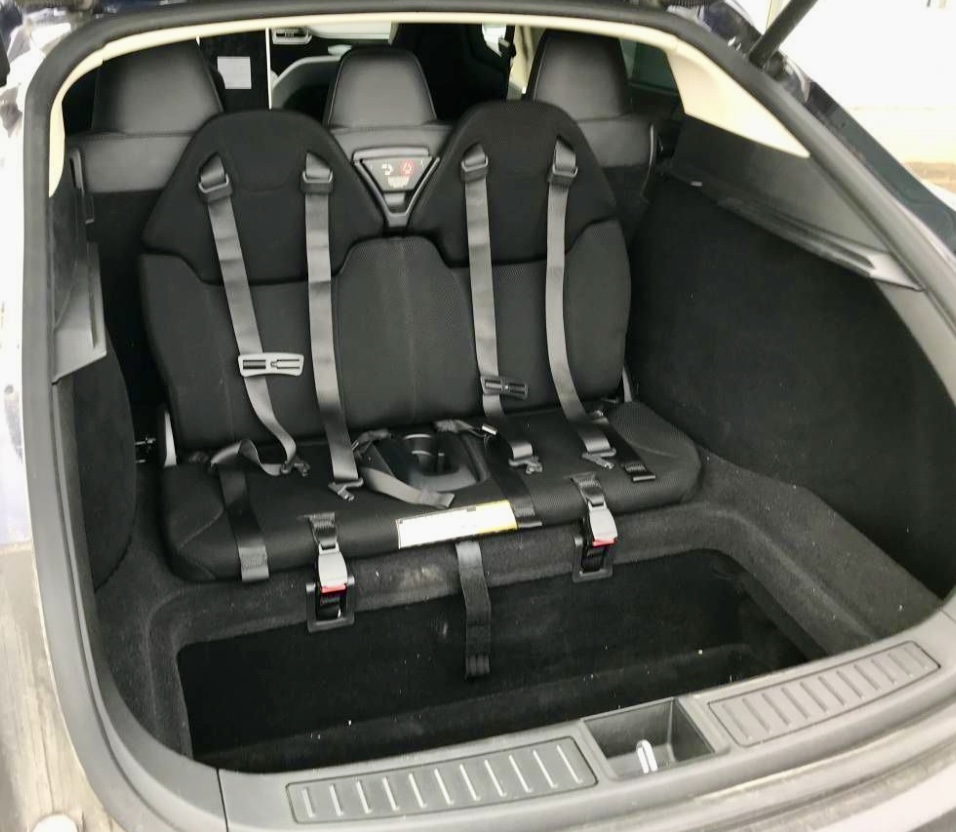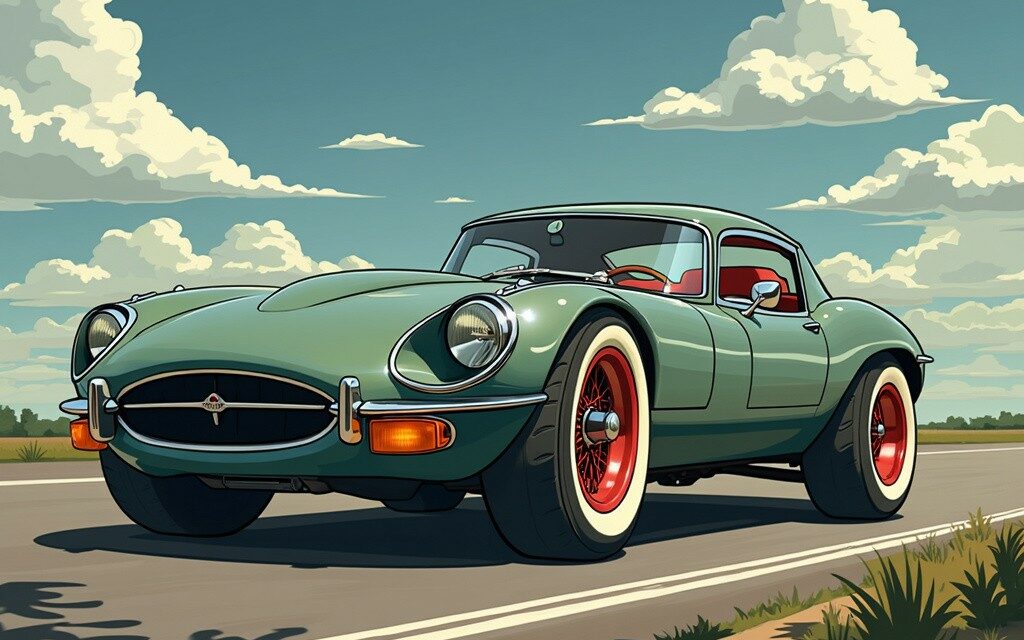Throughout automotive history, car manufacturers have often pushed the boundaries of innovation and creativity. While many of these efforts have led to groundbreaking advancements in safety, performance, and comfort, others have resulted in some truly bizarre and quirky features. In this article, we’ll explore some of the weirdest car features ever invented, showcasing the automobile industry’s penchant for thinking outside the box – sometimes way outside.
The Built-in Vacuum Cleaner
In 2013, Honda introduced a built-in vacuum cleaner in its Odyssey minivan. Called the HondaVAC, this feature was designed to help parents keep their family vehicles clean. While practical for some, the idea of a car coming with its own vacuum cleaner struck many as odd. The feature was eventually discontinued in 2022, but it remains a prime example of automakers’ attempts to solve everyday problems in unconventional ways.
Aromatherapy Dispensers
Several luxury car manufacturers have experimented with built-in fragrance dispensers. Mercedes-Benz, for instance, introduced its Air Balance Package, which allows drivers to choose from a variety of scents to perfume their car’s interior. BMW has a similar system called the Ambient Air package. While pleasant for some, the idea of a car doubling as a giant air freshener seems a bit over the top to others.
In-Car Refrigerators
For those who can’t bear to be separated from their chilled beverages, some car manufacturers have offered built-in refrigerators. The Rolls-Royce Phantom, for example, comes with an optional “coolbox” in the rear console, perfect for keeping champagne at the ideal temperature. More modestly, the Honda Odyssey (yes, that minivan again) offered a “Cool Box” feature in some models to keep drinks and snacks chilled.
Floating Center Console
Saab, known for its unconventional designs, introduced a “floating” center console in its 9-5 model. This design left open space beneath the console, allowing for additional storage. While innovative, it gave some passengers the unsettling feeling that part of the car’s interior was missing.
Swivel Seats
In the 1960s and ’70s, some American cars featured front seats that could rotate 180 degrees to face the rear passengers. The Chevrolet Monte Carlo and Oldsmobile Toronado were among the models offering this feature. While it might have made for great in-car parties, the safety implications of such a design in today’s world are questionable at best.
Built-in Coffee Maker
Fiat took in-car refreshments to a new level with the Fiat 500L in 2013. This model came with an optional built-in Lavazza espresso machine, allowing drivers to brew their coffee on the go. While it might sound convenient, the combination of hot liquids and driving raised some eyebrows in terms of safety concerns.
Rear-Facing Jumpseats

Some station wagons in the 1960s and ’70s featured rear-facing jumpseats in the cargo area. While popular with children who enjoyed waving at cars behind them, these seats would never pass modern safety standards. The Tesla Model S briefly revived this feature in 2018, but it was quickly discontinued.
Conversation Mirror
Several minivans and SUVs have featured a small convex mirror, often integrated into the sunglass holder, allowing the driver to see all the rear passengers without turning around. While practical for parents keeping an eye on kids in the back, it’s an unusual addition that some find a bit unsettling.
Heartbeat Sensor
Jaguar Land Rover introduced a heartbeat sensor in some models, ostensibly to detect if someone is hiding in your car. The car can flash its lights or honk the horn to alert the owner if an intruder is detected. While it may appeal to the security-conscious, it seems like an overly complex solution to a rare problem.
Minibar
Taking the concept of in-car refreshments to an extreme, some ultra-luxury cars like the Bentley Mulsanne have offered a built-in minibar complete with crystal glassware. Needless to say, this feature is intended for passengers only, and its practicality (not to mention legality) is questionable at best.
Glow-in-the-Dark Paint
Nissan experimented with glow-in-the-dark paint on its Leaf electric car. The paint absorbed UV energy during the day and glowed for 8-10 hours at night. While it was mainly a promotional stunt, the idea of cars glowing in the dark is both fascinating and slightly eerie.
External Airbags

While not yet implemented in production cars, several manufacturers have patented designs for external airbags. These would deploy in the event of a collision to protect pedestrians or cushion the impact with other vehicles. While potentially life-saving, the image of a car suddenly ballooning on impact is certainly unusual.
Conclusion
These weird and wonderful features showcase the automotive industry’s willingness to experiment and push boundaries. While some of these innovations have proven short-lived or impractical, they demonstrate the creative thinking that drives the industry forward. Who knows what bizarre features we might see in the cars of the future? Flying cars might seem tame compared to some of the ideas automakers might come up with next.
As we continue to see advancements in technology and changes in consumer preferences, it’s likely that car manufacturers will keep surprising us with unusual features. Whether these will be as outlandish as built-in coffee makers or glow-in-the-dark paint remains to be seen, but one thing is certain: the world of automotive design will never be boring.




